Amman – With its towering minaret, octagonal architecture, and distinctive name, the Jesus Christ Son of Mary Mosque stands prominently in Madaba—located 33 kilometers southwest of the Jordanian capital, Amman—near the Latin Catholic Church of the Holy Spirit. Together, they represent a powerful symbol of Muslim-Christian coexistence, tolerance, and harmony in a city deeply rooted in history.
اضافة اعلان

The mosque’s symbolic significance lies in its name: it is the first mosque in the Islamic world to be named after the Prophet Jesus (peace be upon him). The idea to build it came from Hajj Ghaleb Al-Otaibi, a local resident of Madaba, who sought a name never before used for any mosque globally—one that would also reflect the spirit of brotherhood and tolerance uniting the city’s Muslim and Christian communities. Notably, the land on which the mosque was built originally belonged to a Christian resident of the city. The name was approved at the time by Jordan's Grand Mufti, marking a religious first.

Architectural Gem
Built from beautiful white stone in an octagonal design reminiscent of Jerusalem’s Dome of the Rock, the mosque is a masterpiece that blends authenticity with modernity. “Al Jazeera Net” visited the site and observed its unique architectural style. The interior walls feature oak wood panels, crafted in Aleppo, Syria, adorned with Quranic verses focusing on the story of Jesus and his mother Mary (peace be upon them). Among the verses displayed are:
"Indeed, the Messiah, Jesus, the son of Mary, is the Messenger of Allah and His word which He directed to Mary and a soul [created at a command] from Him." (An-Nisa: 171)
"Indeed, the example of Jesus to Allah is like that of Adam. He created Him from dust; then He said to him, 'Be,' and he was." (Aal Imran: 59)
From afar, one can capture a unique image of the mosque and neighboring church standing side by side.
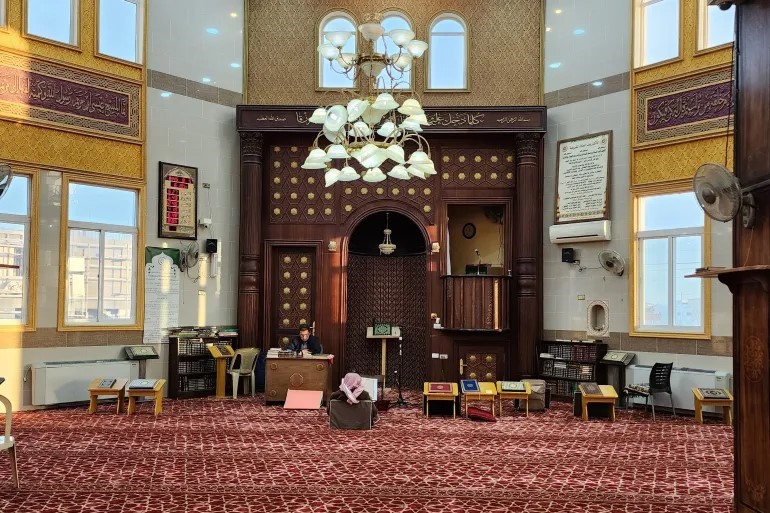
Inside the mosque, Islamic geometric decorations, varied domes, and marble columns create a serene spiritual atmosphere. Spanning an area of 1,000 square meters, the mosque includes three floors, a hallway, and a dome soaring about 51 meters high. Its 60-meter minaret is the tallest in the city.
The mosque’s design and location symbolize the cultural and religious diversity that characterizes Madaba, reaffirming its role as a space of unity and mutual respect.
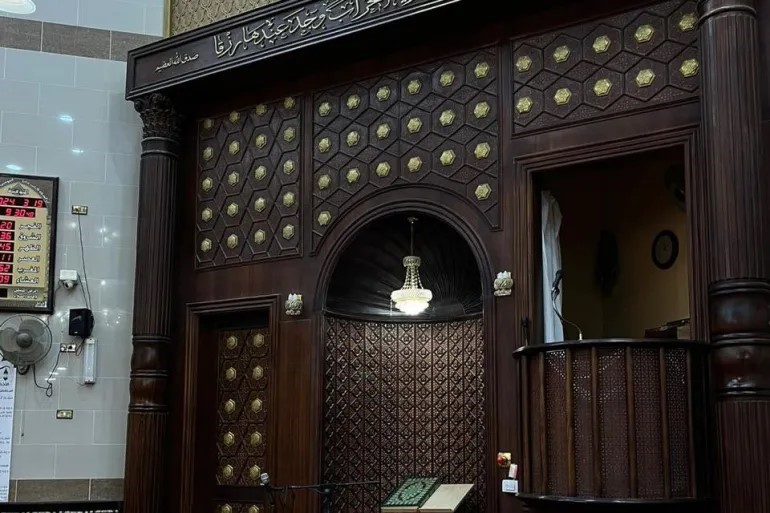
A Model of Coexistence
Sheikh Hamzeh Al-Rawajih, the mosque’s imam, told Al Jazeera Net that “Madaba is a city where religious diversity is interwoven,” noting that the mosque was built in a neighborhood that was sparsely populated at the time. Interestingly, today, the number of Christians living around the mosque equals the number of Muslims—many having moved into the area after the mosque was established.
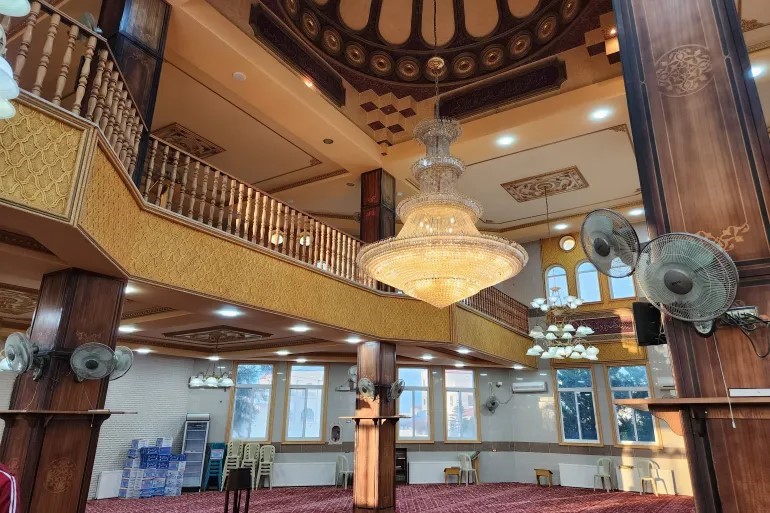
Al-Rawajih added, “The mosque has become a destination for visitors from outside Madaba and even from abroad—both Muslims and Christians—who see it as a symbol of harmony and coexistence.” He emphasized that “its proximity to the church embodies that message.”
One touching story told by locals recounts how, during Ramadan, a mosque imam in Madaba fell seriously ill and couldn’t call for the evening prayer or signal the end of the fast. Noticing this, the priest at the nearby church rang the church bells to alert Muslim neighbors that it was time to break their fast—an act of solidarity that captured the spirit of the city.
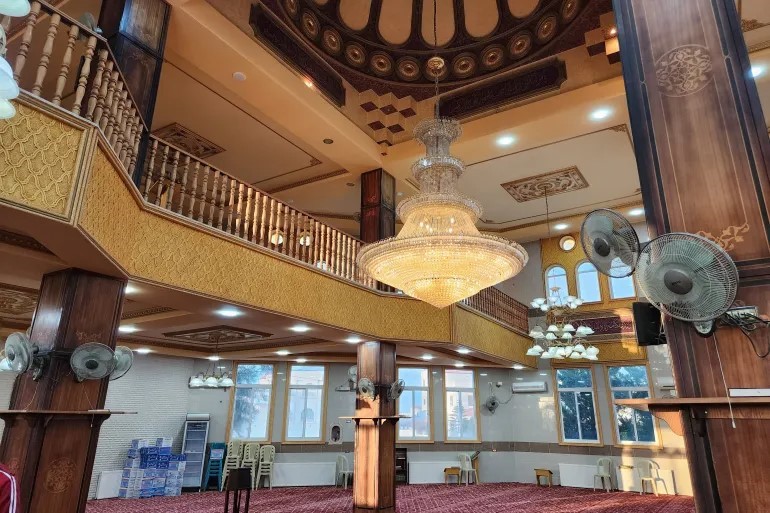
Madaba lies along the ancient King’s Highway—over 5,000 years old—and has a population of around 150,000. The city is famous for its mosaics and ancient churches, with numerous archaeological discoveries beneath its surface dating back to the Byzantine and Umayyad eras. This rich religious and cultural heritage makes Madaba a key destination for spiritual tourism.
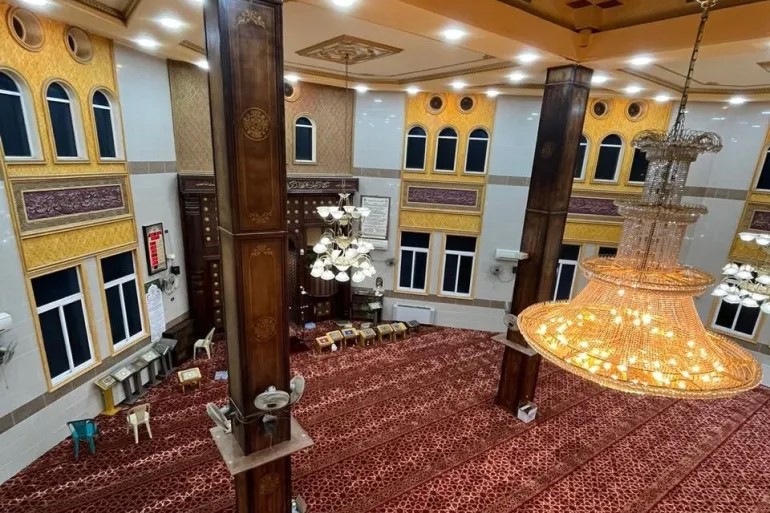
Source: Al Jazeera







